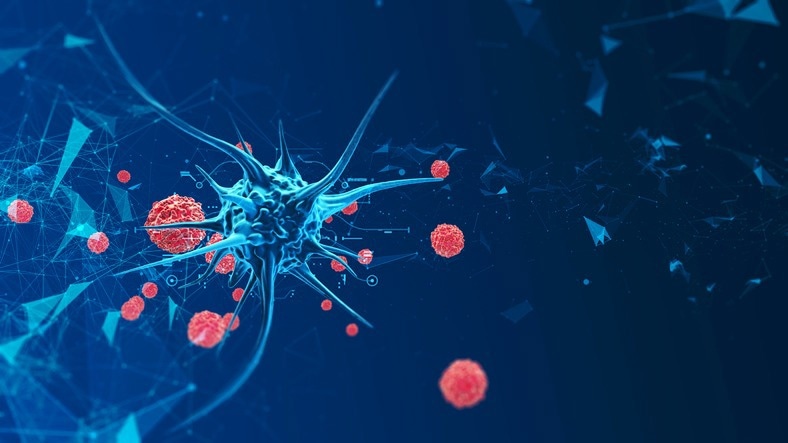Researchers have found that sugar-based molecules can be used to inhibit the activity of a cell receptor that plays a role in the emergence of a variety of viral infections and cancers.

Image Credit: University of Nottingham
Scientists from the University of Nottingham’s Schools of Pharmacy and Life Sciences have discovered a brand-new method to inhibit the Mannose Receptor, also known as CD206, which is found in several important immune cells. The Journal of the American Chemical Society has reported on their findings.
The study’s authors, Drs Giuseppe Mantovani and Luisa Martinez-Pomares of the University of Nottingham, stated, “Therapies that block or change the immune response are already revolutionizing the treatment of many cancers and inflammatory diseases and being investigated for use in some viral and bacterial infections. CD206 is an important receptor in cells for immunity but can be hijacked by viruses, including Hepatitis B, Dengue Virus and HIV-1, and some cancers.”
They added, “For the first time we have found a family of molecules that specifically target and block the activity of this receptor which could lead to new drug developments.”
The Mannose Receptor is found on the surface of important immune cells, including tissue macrophages, which are specialized cells involved in the detection and eradication of bacteria and other harmful organisms. It functions by binding a variety of molecules, including collagen and specific sugars that pathogens use to decorate them.
The Mannose Receptor is essentially trapped inside the cell and its function is inhibited by the synthetic multivalent sugar molecules (glycopolymers) that Drs Mantovani and Martinez-Pomares created. These molecules prevent the Mannose Receptor from moving between the cell's surface and its internal cellular compartments.
The Mannose Receptor is a crucial therapeutic target in the treatment of cancer and infectious diseases, so this has exciting implications for future new treatments.
Source:
Journal reference:
Mastrotto, F., et al. (2022). Sulfation at Glycopolymer Side Chains Switches Activity at the Macrophage Mannose Receptor (CD206) In Vitro and In Vivo. Journal of the American Chemical Society. doi.org/10.1021/jacs.2c10757